Contemporary review originally published in AutoWeek February 11, 1985
When I was a boy, my grandfather would stop his Chevy pickup on East Texas prairie at the telltale sign of a pair of ears above the tall dry grass. With a “Yonder, Pardner,” I’d be dispatch in pursuit, always in vain. With casual contempt, the jack rabbit would hop-hop-leap over the nearest hill, and I’d be left to return with nothing but a grin and grass burrs in my black high top sneakers.
Flash forward some 25 years: Editor Levy would visits the World’s Most Famous Texas Chicken Farmer and finds that Carroll Shelley had been to a little rabbit hunting of his own. Armed with [the] ‘84½ Omni GLH, Mrs. Shelby’s boy was making hassenpfeffer of the Volkswagen Rabbit GTI, albeit at the expense of a bit of comfort.
Later the same year, Associate Ed. Berg gave us the scoop on the ‘85 LRH: in addition to the 110-horse motor in the ’84½ model , the 146-HP Chrysler turbo engine, fresh from the Shelby Charger, would be available I the ‘85 GLH. But Berg could only tell you about the former’s improved ride. The Turbo was Not Available.
Leave it to Contributing Ed. Matras (that’s me) to come up with the turbo to test. How, we’ll discuss later. Right now just let me say that whatever was good about the GLH is suddenly great in the GLH Turbo.
The star of the show is, of course, the 2.2 L turbocharged four-cylinder engine. Chrysler electronic fuel injection squirts directly into the ports, and boost is courtesy of an AirResearch T03 turbo with integral wastegate that allows nine inches of additional atmosphere for 10 seconds and then drops to 7 inches to keep the engine from going China Syndrome.
The GLH, either engine, comes only with a close-ratio five-speed overdrive manual transmission, though the turbo gets a taller 2.57 overall top gear ratio, compared to 2.77 for the non-turbo motor. Fifth is a long reach up and to the right, and it’s a big step for the engine, significantly reducing revs for relaxed cruising.
But it wasn’t Carroll Shelby ‘s intent to build an Interstate roller. More so it was to build a back-road bandit. If last year’s GLH would embarrass the 318i’s, the ‘85s are going to leave red faces on 300ZX Turbos and the IROC-Zs. Acceleration is this car’s game. Dumping the clutch, though, will induce wheel hop (is this the price of improved ride?), but a tidier clutch slipping getaway will produce the desired departure speed, if not the cloud of smoke. And too much power while cornering hard will result in the inside wheel spinning as it’s unweighted.
The195/50HR15 Goodyear Eagle GTs matched with a well-developed suspension develops cornering to match the go. All that power through the front wheels will require some relearning for those weaned on the rear drivers. Though there is no torque steer, power on the corners tightens up the steering and reduces self-centering. Road feel is minimal through the (mandatory) power steering and overall sensation is peculiarly video game-like. It’s a feeling, however, that goes away with use, points scored and aliens zapped.
What doesn’t get zapped is your wallet. The base Omni GLH, which includes AM/FM stereo radio and a variety of items usually optional, lists for $7620. The turbo is a mere $872 more.
There’s one more good thing. The boys at the Belvidere, Ill., plant, where our test Omni was made, are really screwing them together well. Everything’s tight, trim lines up, and nothing bags at the knees or flapped in the breeze.
That’s all the more amazing because this wasn’t a specially prepared ringer. This one came right off the production line. I bought it. Put my money where my word processor is. Ordered for an extended test all my own.
So what you’d better do is tell those rabbits I’m back with a whole new kind of black high top sneaker, ‘cause otherwise they ain’t never gonna know what hit ‘em.

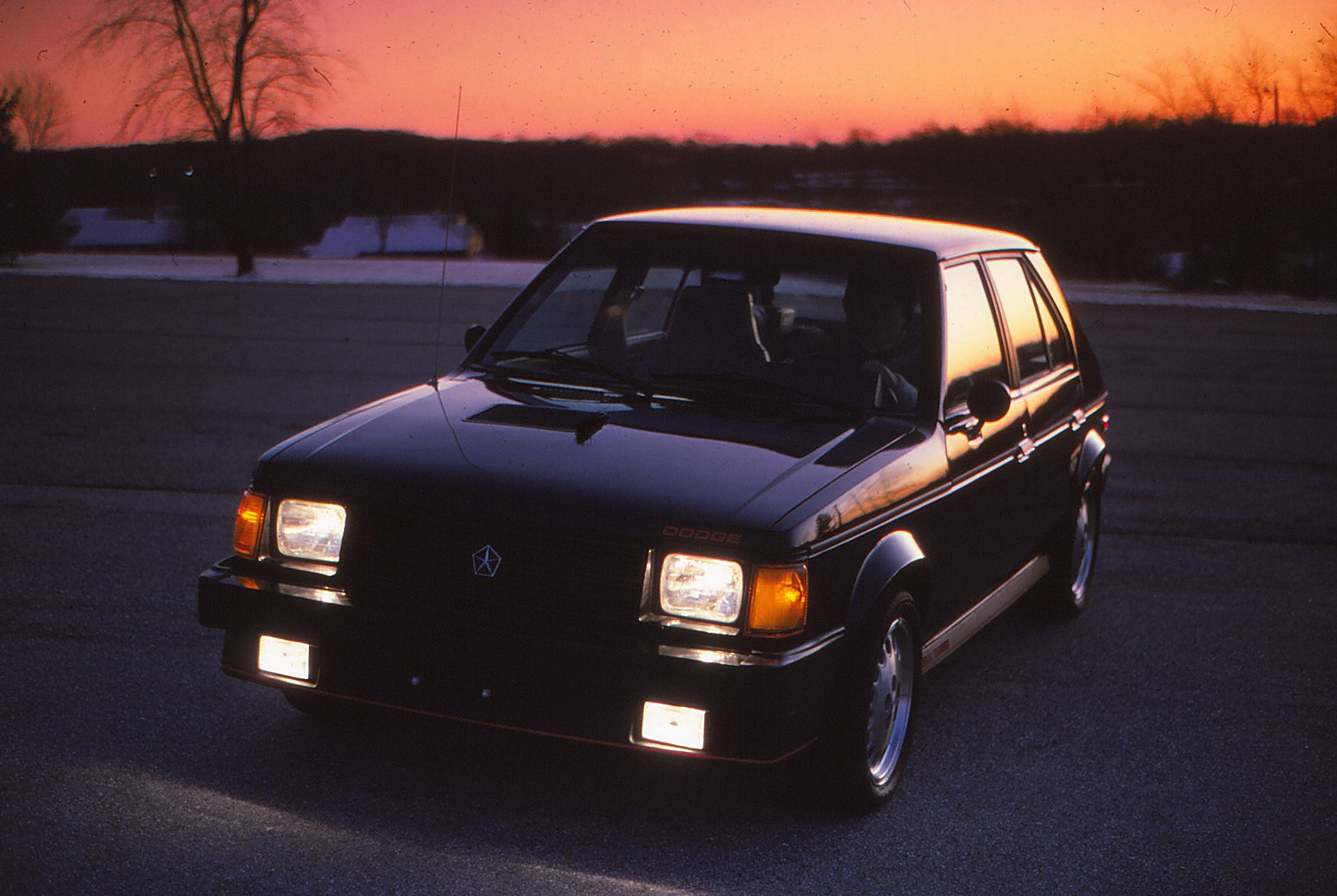
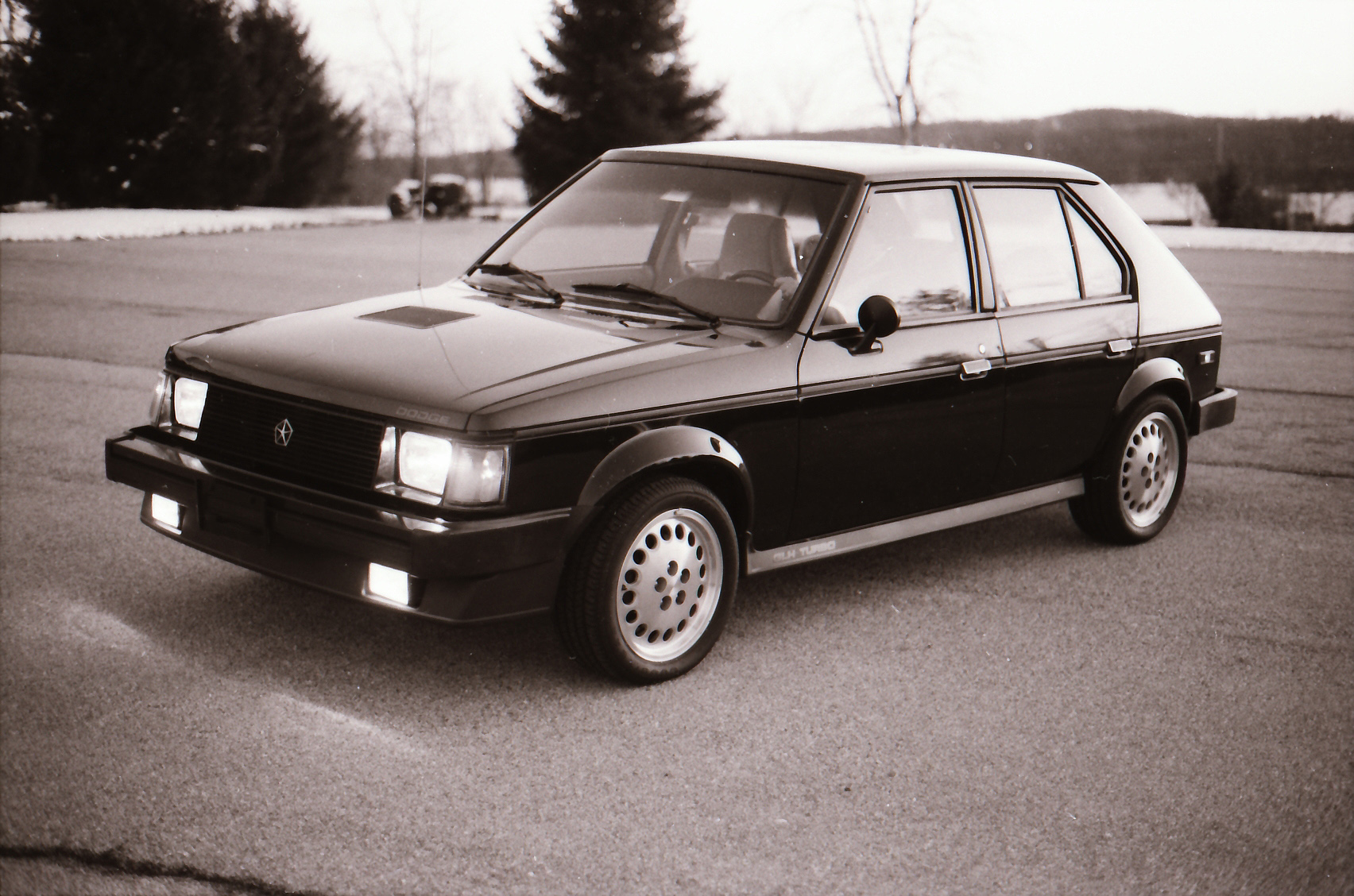
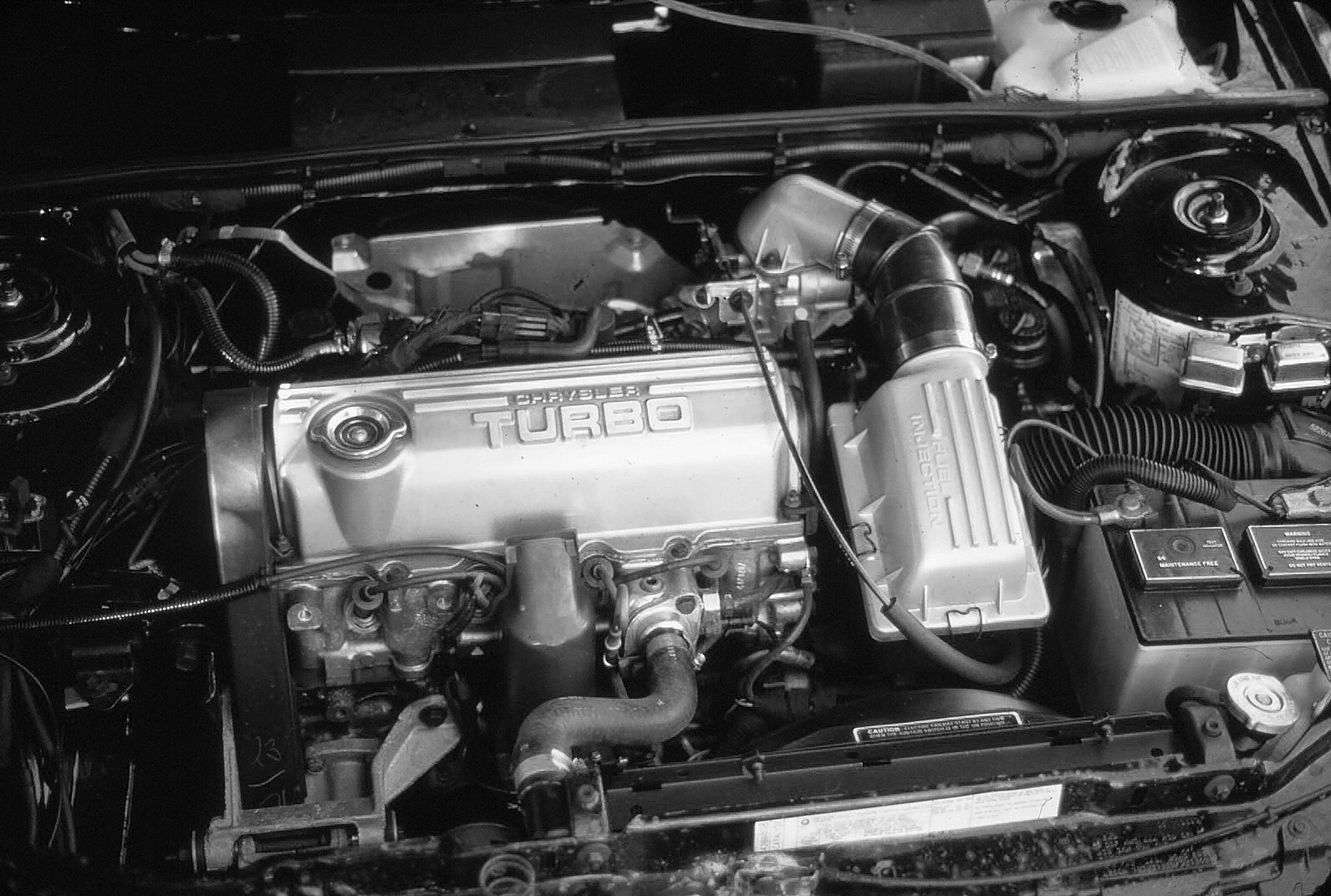
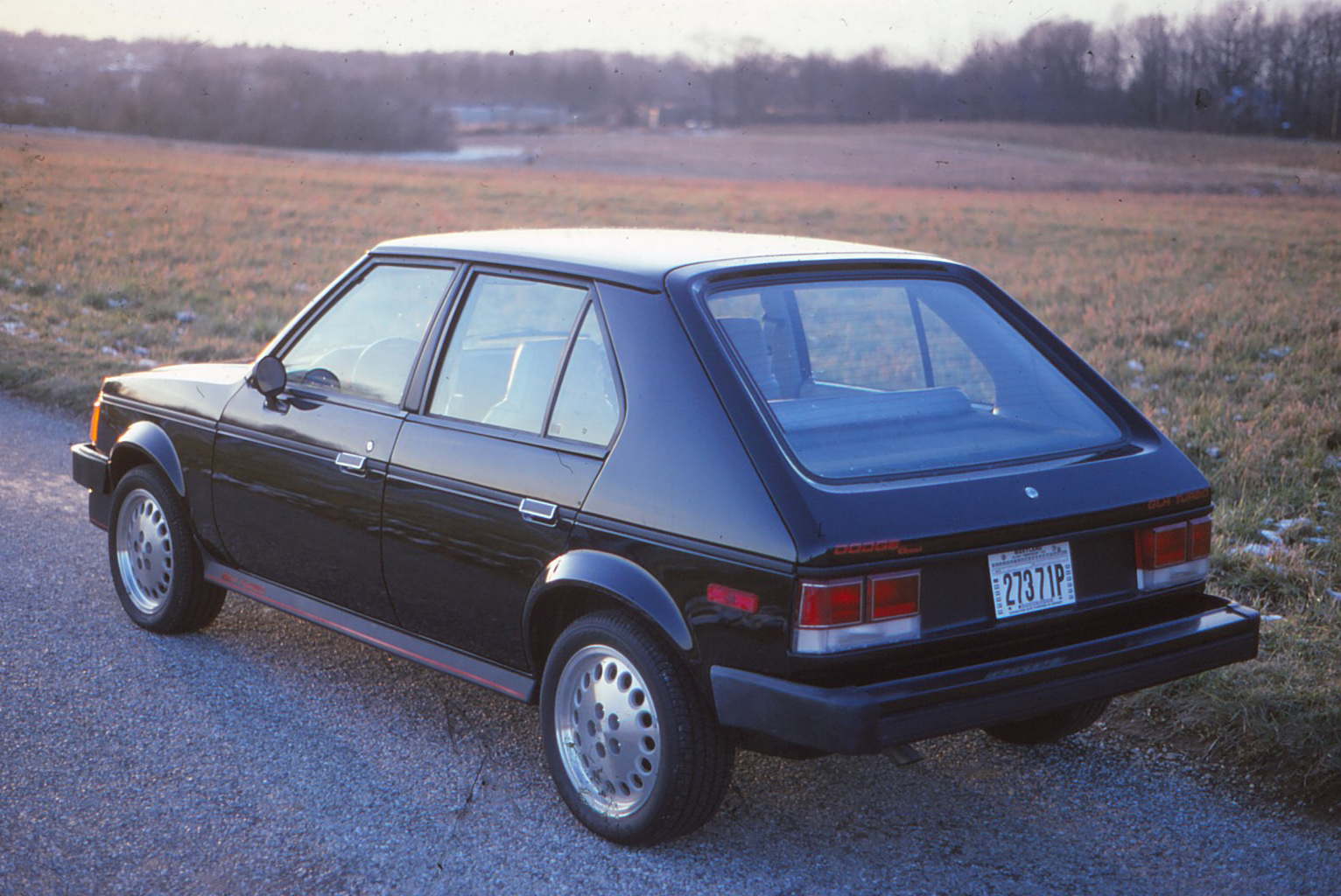
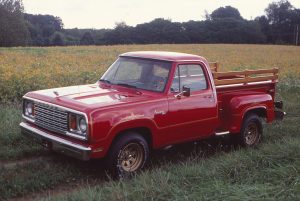
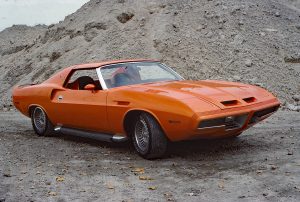
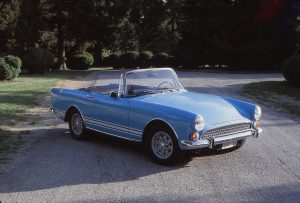

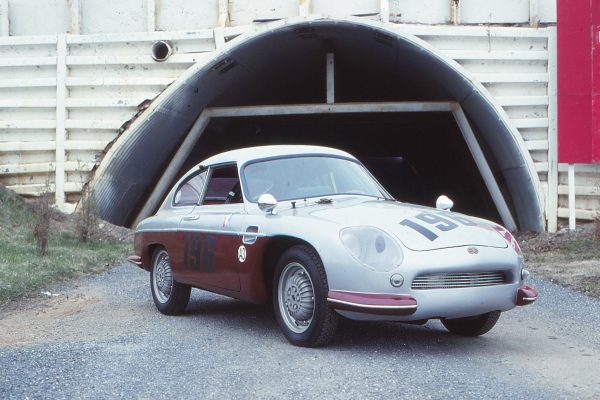
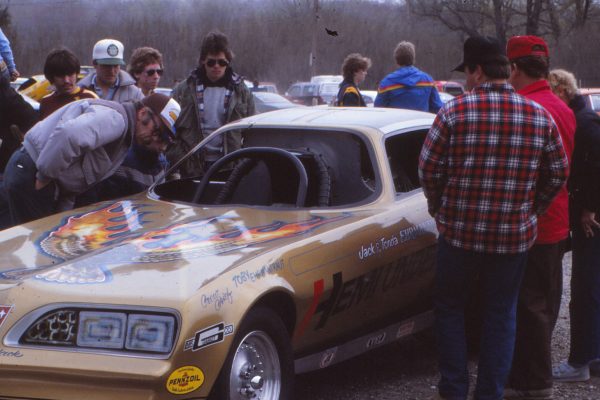
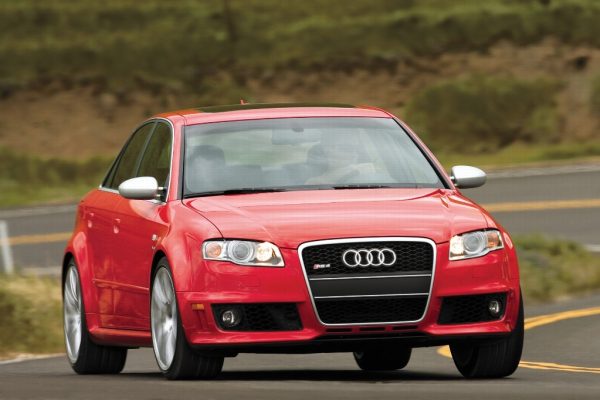
What Do You Think?
You must be logged in to post a comment.